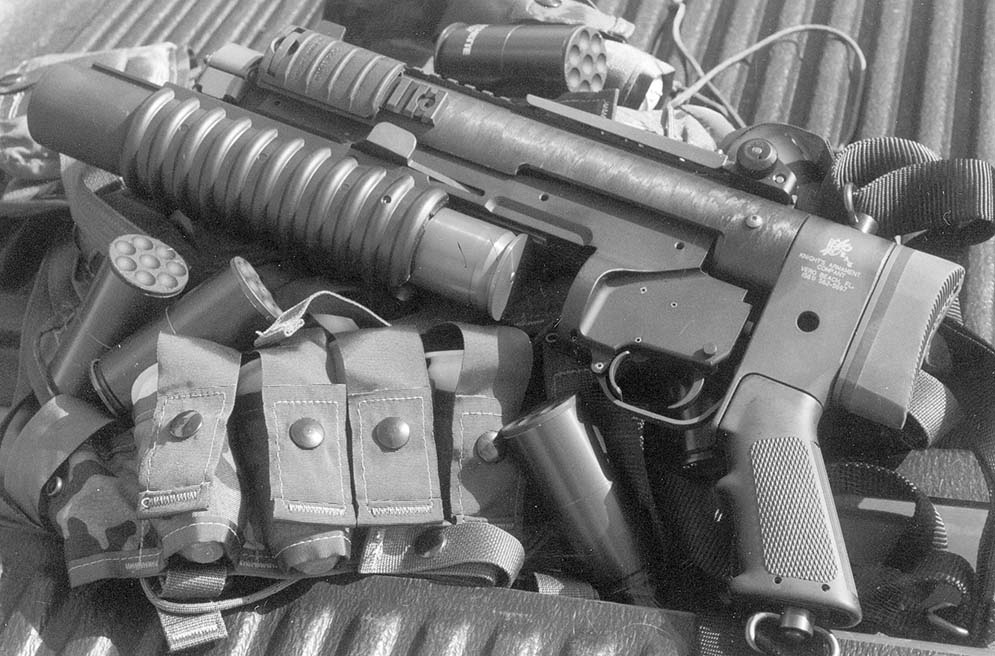By Destiny Densley
The topic sends chills down the spines of every gun grabbing liberal in America, but if you live in one of the 42 States that allows registered Destructive Devices, why not toss your gear into the back of your truck and have a little harmless fun.
Weapons of choice are usually either the M-79, a single-shot shoulder fired Viet Nam era weapon or its replacement, the M-203, a single-shot unit mounted to the barrel of a M-16 or AR-15 type rifle. There are others out there, multi-barreled or cylinder gas guns, H&K-69’s and variants but these are rarely seen in civilian hands. The latest accessory to hit the market is a Standalone unit for the M-203 from Knight’s Armament which allows the M-203 to be fired separately from the M-16 or AR-15 type rifle. There have been other manufactures of Standalone units in the past but none built with the quality of the Knight’s unit.
For those recreational shooters who like to build their own, you can purchase one of the receivers often advertised by Randy “Mr. 40mm” Shivak in this magazine. Randy sells everything but the barrels. Any receiver can be shipped as a Title 1 weapon like a rifle, and you can file an ATF Form 1 if your State or Local Law Enforcement will sign the Law Enforcement Certification section.
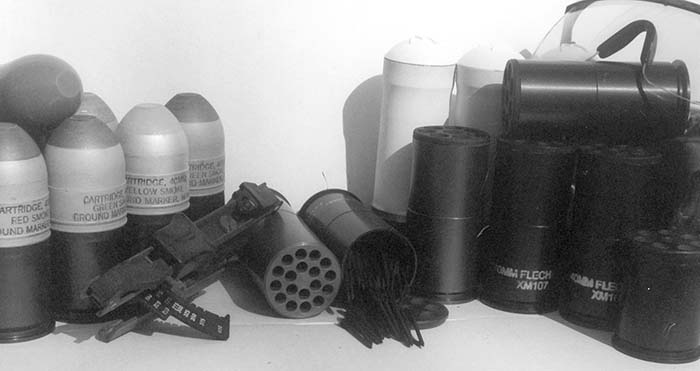
After the approval of Form 1 from ATF you can acquire and attach a barrel to your new M-203 or M-79. Under no circumstances should you obtain a barrel before the Form 1 is approved, that would be “Constructive Possession of an unregistered Destructive Device”. That is a felony! Wait until you have that approved Form 1 before getting a barrel! Building your own has two advantages. The first is that you can avoid the hassle of finding a Type 9 FFL Dealer (Or Type 10 manufacturer, or Type 11 Importer) in your State that legally can transfer a registered Destructive Device. Most states don’t even have one. The second advantage of building your own is that it’s cheaper on the wallet or purse and you save $200.00 for one less transfer tax. Class 3 Dealers have been allowed by the ATF to transfer Destructive Devices on a very small scale, rumor has it to be 4 items or less per year but I have never come across the magical number in any publication.
One of the first challenges for the recreational shooter to overcome besides the initial cost of the Destructive Device which can range from $2,000.00 to $10,000.00 in today’s market is ammo. You will need to learn to tell the difference between Hi Pressure and Low Pressure 40mm ammunition, not knowing the difference can be fatal. One easy way to tell the difference is to look at the rotating band above the shell case… Hi Pressure rounds will have a copper rotating band, designed for the steel barrel of a Mark-19 40mm machinegun. Do not even attempt to chamber one of these rounds in an M-79 or an M-203.
The copper rotating band will stick inside the aluminum barrel and it will blow you and the weapon up when you pull that trigger. There is a major difference in propellants and velocities, as previously covered in SAR.
Some types of ammo that you can shoot are flares, smokes, gas, Flechette, buckshot, reloadable ‘Bee Hive,” practice, non lethal rubber pellets and bean bag rounds. Also there are 12 gauge adapter cartridges out there and your choices are unlimited. Many ask if they can shoot 37mm flares or gas rounds in a 40mm and that all depends on the thickness of the base of the 37mm… some of the new 37mm flare ammo have a base that is twice as thick of the 40mm cartridge and it will not chamber properly. If you find some old W.W.II flares, try wrapping masking tape around the case near the base about one and a half times and it won’t rattle.
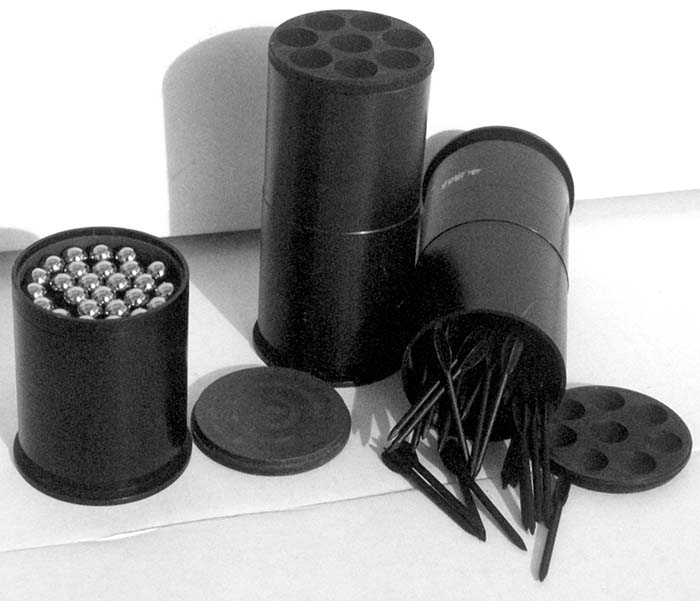
From time to time some generous soul will sell off a case of 40mm practice rounds because they are leaking orange chalk all over the place. These practice grenades can be stabilized with a tube of super glue and a damp rag. Just run a bead of super glue between the blue ogive and the zinc rotating band and immediately wipe off any excess glue with the damp rag. It also helps to keep some acetone or the wife’s fingernail polish remover handy to loosen those glued fingers.
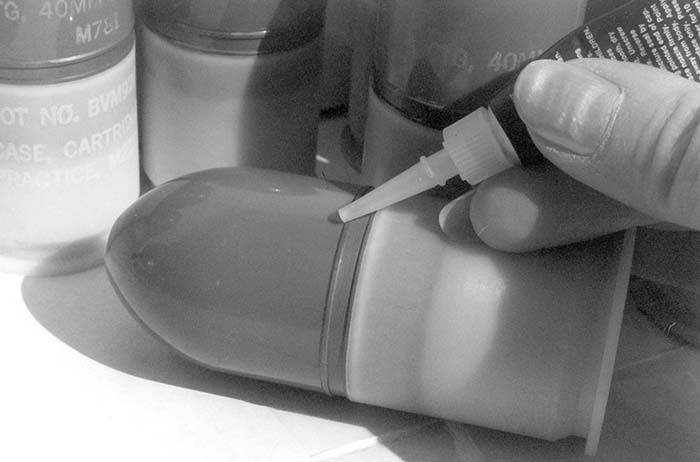
Most guys who try to reload the white nylon M-212 cases make the mistake once of buying the wrong box of blank cartridges. What you are looking for is 38 Smith & Wesson Blanks from Winchester coded “38BLP” on the box. They are shorter than the standard 38 Special Blanks coded “38SBLP,” the M-781 practice round uses only the short Smith & Wesson Blanks “38BLP” as a propellant. Please always remember to wear a pair of good shooting glasses when firing off practice rounds, some of the surplus is old and an occasional blue ogive may disintegrate upon leaving the barrel and leave you looking like the Great Orange Pumpkin, it will not hurt you -so protect those eyes! And laugh it off. I can assure you that all those around you will be laughing too.
Some of the misconceptions about recreational 40mm among the public is that all of the grenades are High Explosive, all are illegal to possess and all rounds must have a $200.00 tax paid on them. Not true. Only the HE rounds require the $200.00 transfer tax stamp on each round. Easily identified with a gold or orange ogive, these also require a Federal Explosive permit and fall under strict shipping and storage guidelines. That’s not even considering that you will need the signature of your local Law Enforcement and you have to report back to the ATF that you blew the silly thing up! There are just too many gun laws. Any other 40mm round is legal to own or sell. If you intend to manufacture 40mm rounds for other than your own personal use, you will need a Federal License to do so.
A word of warning on the ammunition- the M781 practice round has a heavy metal driving band in it- you should never point ANY firearm at another person, or at anything you don’t want to shoot, but these “Marking” rounds can be fatal if they hit a person- there have been many instances in the military of someone shooting a “Buddy” with a “Paint” round, and breaking an arm, or ribs, or even worse. While we have fun with these, they are not toys.
You will find in your search for shootable 40mm ammo that there are over a dozen different companies that currently manufacture new ammo. But you will find them reluctant to sell to the still Free American Citizen regardless of having paperwork that your 40mm is legally Registered with the Federal Government. Thanks to the work of a few liberals in Insurance Companies and the overzealous Jackboot, most will not sell to the public and limit their sales only to Law Enforcement Agencies and the Military. Sure is ironic that a manufacturer that is in the business to make a profit, would refuse a sale to a cash paying customer that has every legal right to possess their product and can provide documentation proving so. Rather Un-American, don’t you think? There is a problem with the Department of Transportation’s regulations, considering these to NOT be ORM-D small arms ammunition because of the caliber, and some manufacturers will sell and ship to individuals with a Federal Explosives license, or a licensee who will accept these for them.
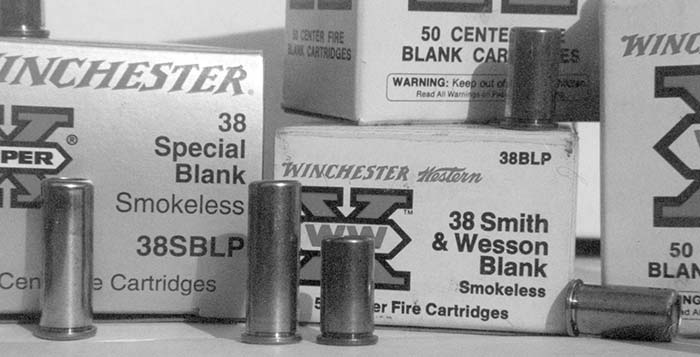
So what does all this have to do with Recreational 40mm? Half of the Recreation is finding cheap shootable ammo, the other half is actually possessing and shooting a 40mm on a regular basis. One must learn the fine art of Kentucky windage, with a maximum range of around 350 yards, you need to be good at judging distances or own a rangefinder. Wind will negatively affect your accuracy as well as your barrel length, one instance where size/length does matter. It is essentially a hand held mortar and can be fired for effect from the ground, either direct or indirectly by using the marked sling method. On rare occasions you will find a couple of “Thumpers” or “Bloopers” or “Elmer Fudd” guns at a shooting match. Enjoy the fun, its only a gun.
| This article first appeared in Small Arms Review V5N2 (November 2001) |



